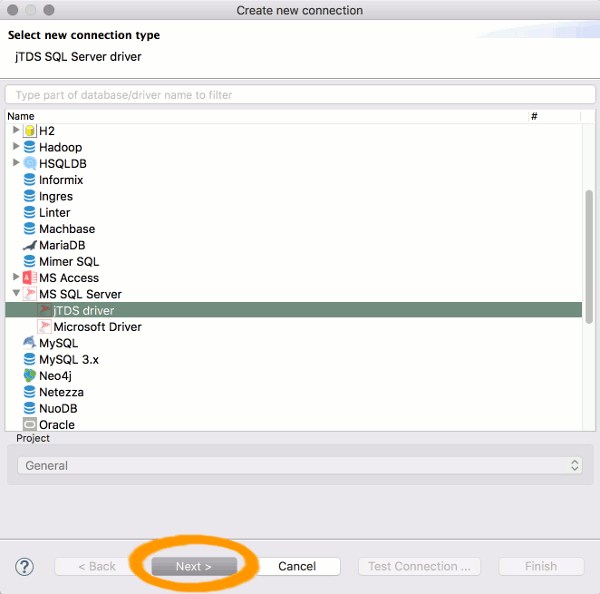

There’s no dearth of such tools, and some databases have their own in-house versions. To save yourself time and effort when you are called to administer databases, you can use a graphical database management tool. While their role encompasses all aspects of maintaining data integrity within an organization, some of it overlaps with the duties of a system administrator. Governing and taking care of databases is a specialized task that requires special system administrators who are commonly known as Database Administrators (DBAs).
#Dbeaver export connections professional#
This could cause your import to fail, or it could cause your data to be inconsistent with your column data.Special Thanks: This article was made possible by support from Linux Professional Institute When you import data and have headers in your data, it will be used as the first row if you already have a table structure in place. When you select data from the table after the import, the first row in the import data will be what the columns are named. You can also create an empty table structure and select create under mapping in the Tables Mapping window, and it will create the columns for you. You can now select the data from your PostgreSQL table. Click Next.Ĭheck to make sure the source and target are correct and then click Start to begin the import. If you only want to add data to the table and not overwrite the data, you will want to remove the option for truncating target table. Set the options for connections and data load. If you have headers already in your data that match the table columns, then this will automatically map. Select the target (table) where you want to import the data.Ĭlick Columns and set the target column for each column of data. Right-click the table you want to import into PostgreSQL and click Export Data.Ĭhange the target container to the schema where your table is in PostgreSQL. You can now import this data into your PostgreSQL table. Once the connection is made, you’re able to query the data just like you would any other table with sql syntax. Each csv file in your folder will be set up as a table with columns.

You will now see a new connection this connection is set up exactly like a regular connection. The connection will load ALL csv files in that folder. You’re selecting a folder here, not a file. Click Next.Ĭlick Browse… and select the folder where your csv file is that you saved from Excel. Make sure the All tab is selected on the left and scroll down to CSV. Right-click your database connection (or anywhere if your connections are empty), click Create and then click Connection.

The file name will change automatically, no need to change it to. All you need to do is Save As and change the “Save as type:” to “CSV (Comma delimited) (*.csv)” and click Save. You’ll need to convert this into a CSV file, which is extremely easy. Excel file ConversionĮxcel file extensions are usually xls or xlsx, open your file in Excel. csv (Comma Delimited) but can often be in a format that has a delimiter that isn’t so common. When you receive a file in Excel format, you must convert this data into a readable format.

#Dbeaver export connections how to#
I will show you how to import data from an excel file using the DBA tool DBeaver. There are many ways to import data into a database, some are pretty straightforward, and others are more complex depending on the type of data you receive and which format it is in.


 0 kommentar(er)
0 kommentar(er)
